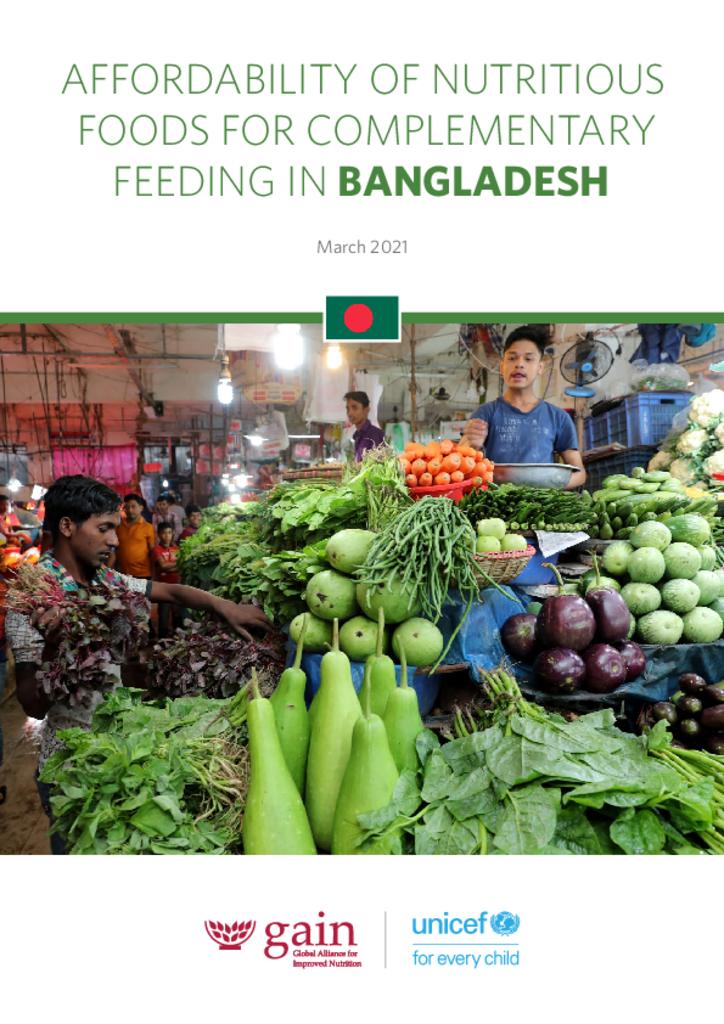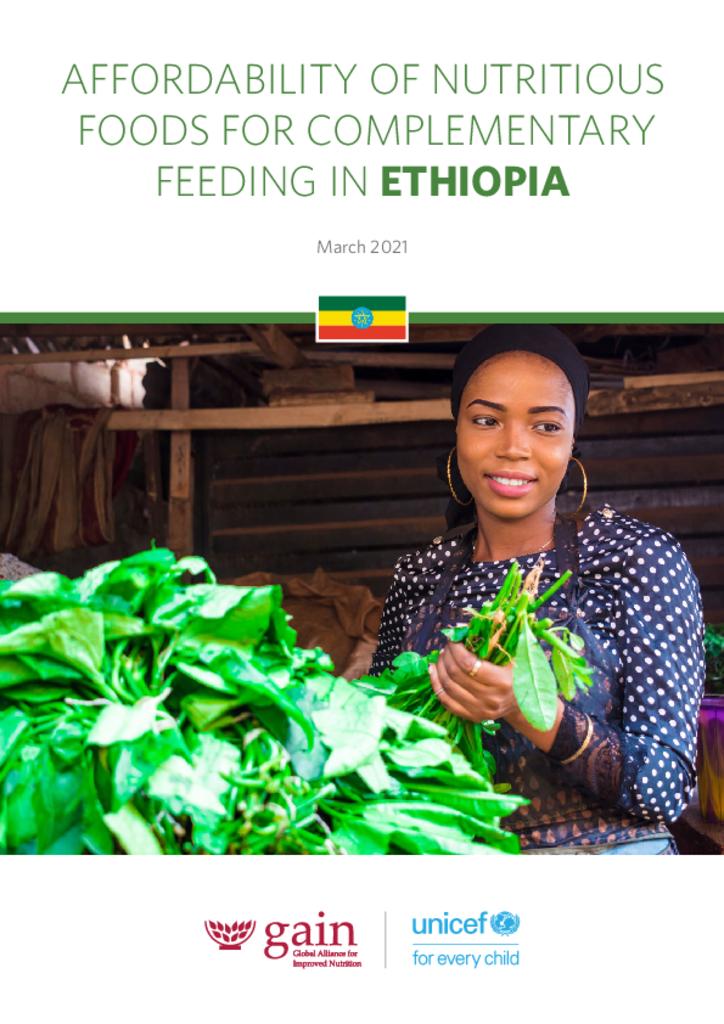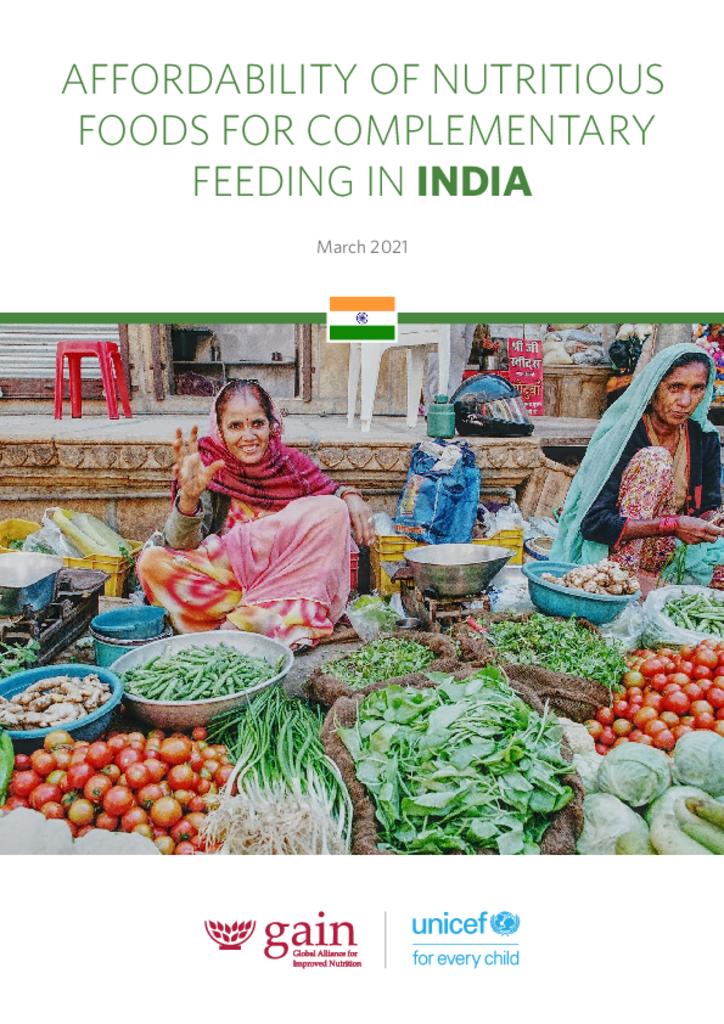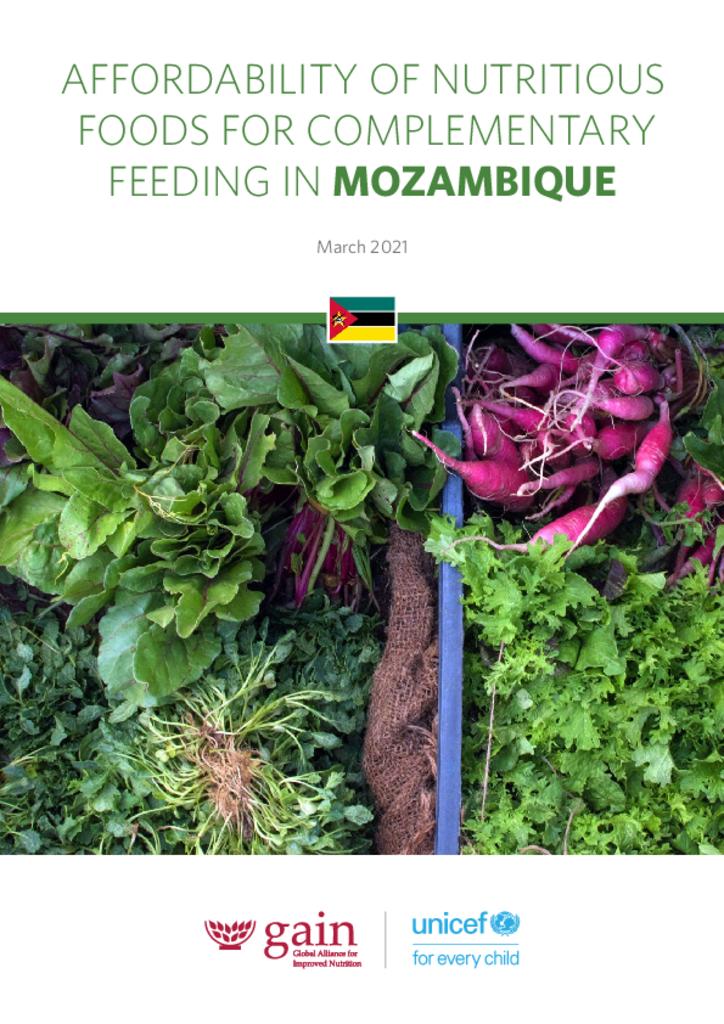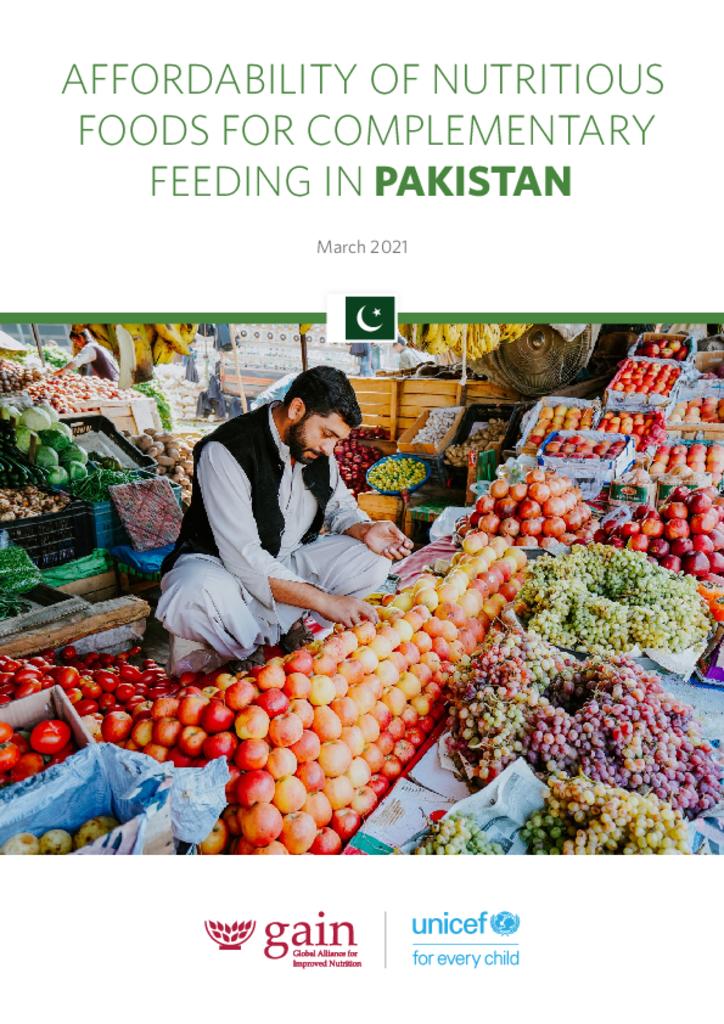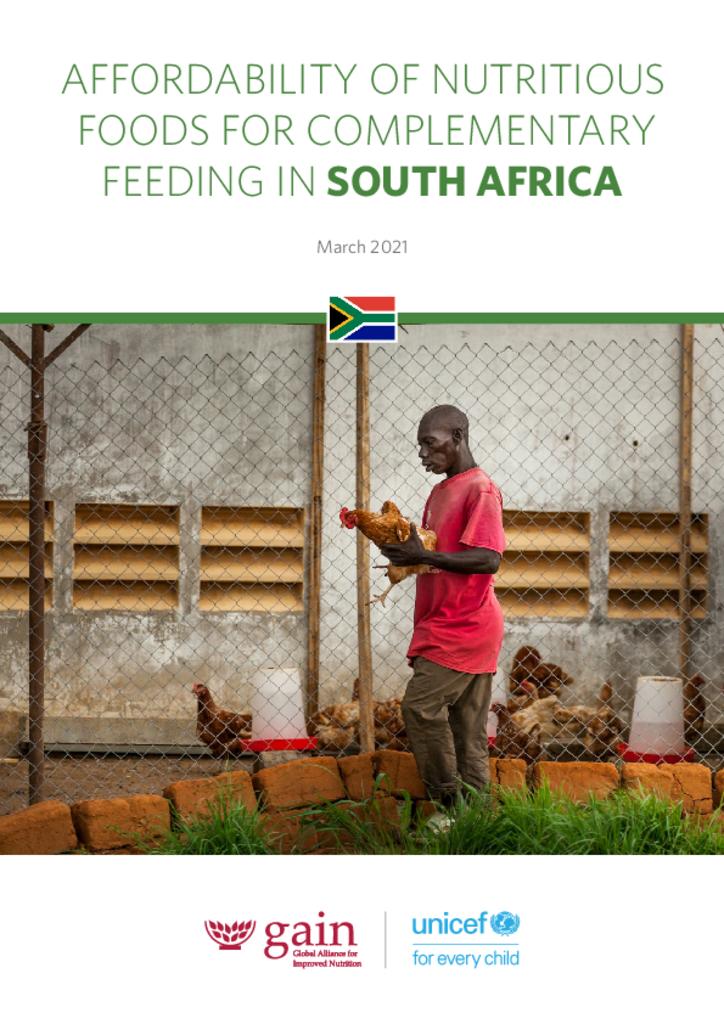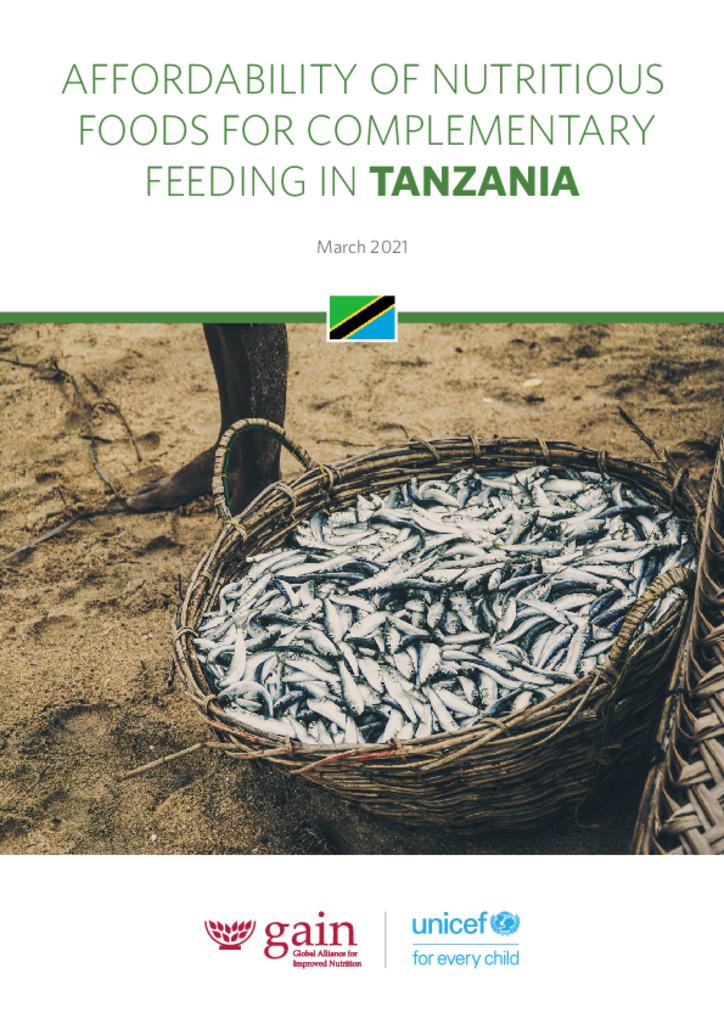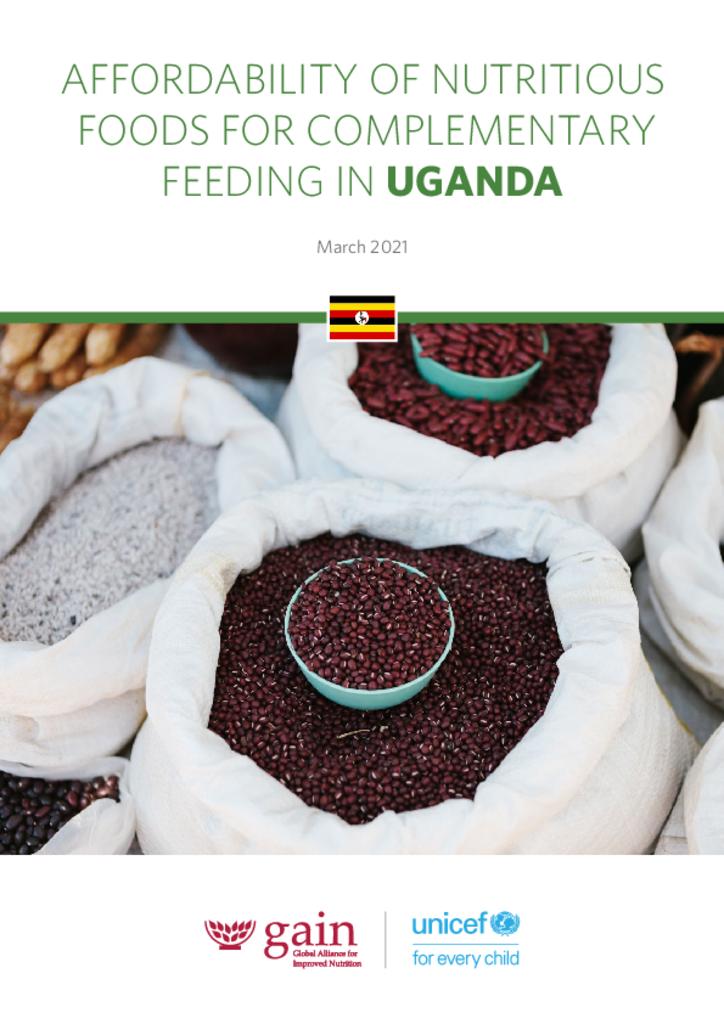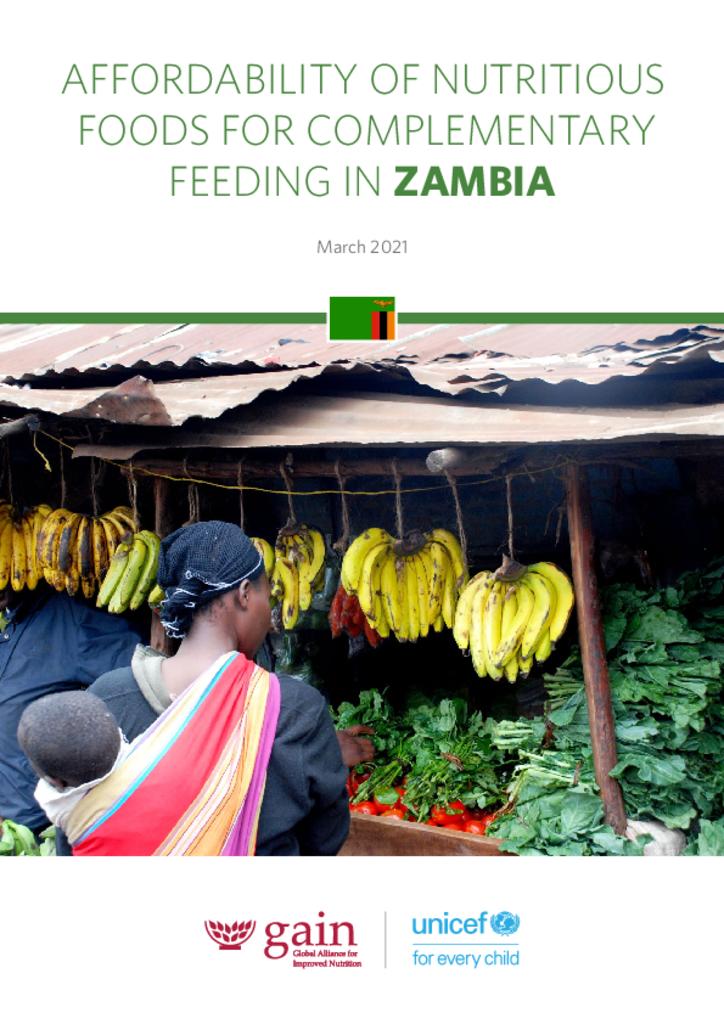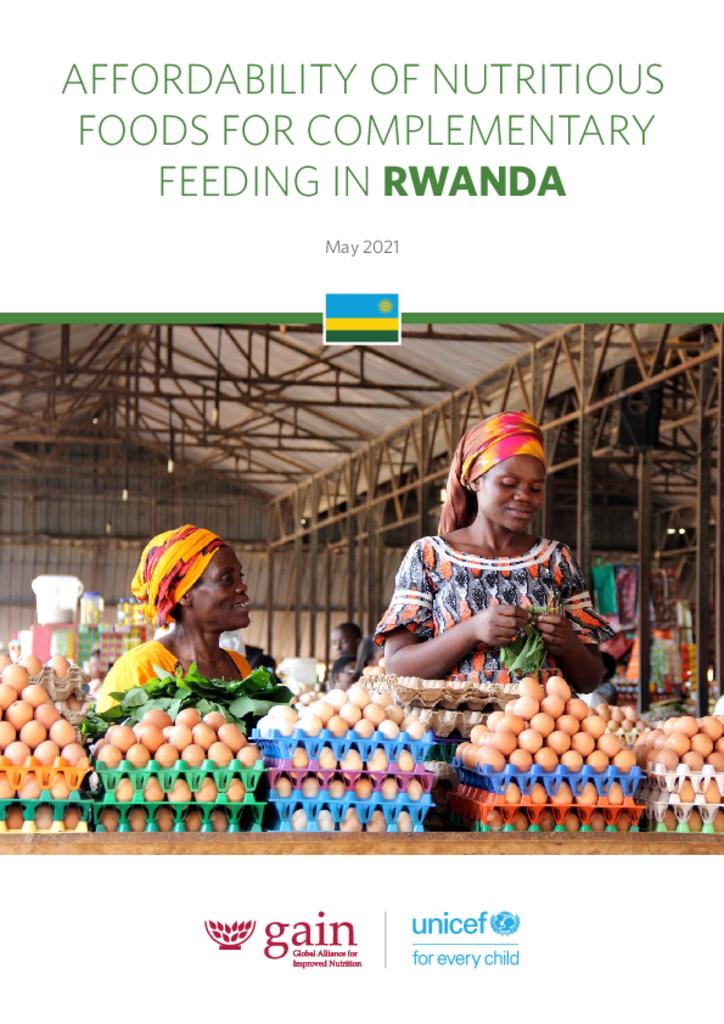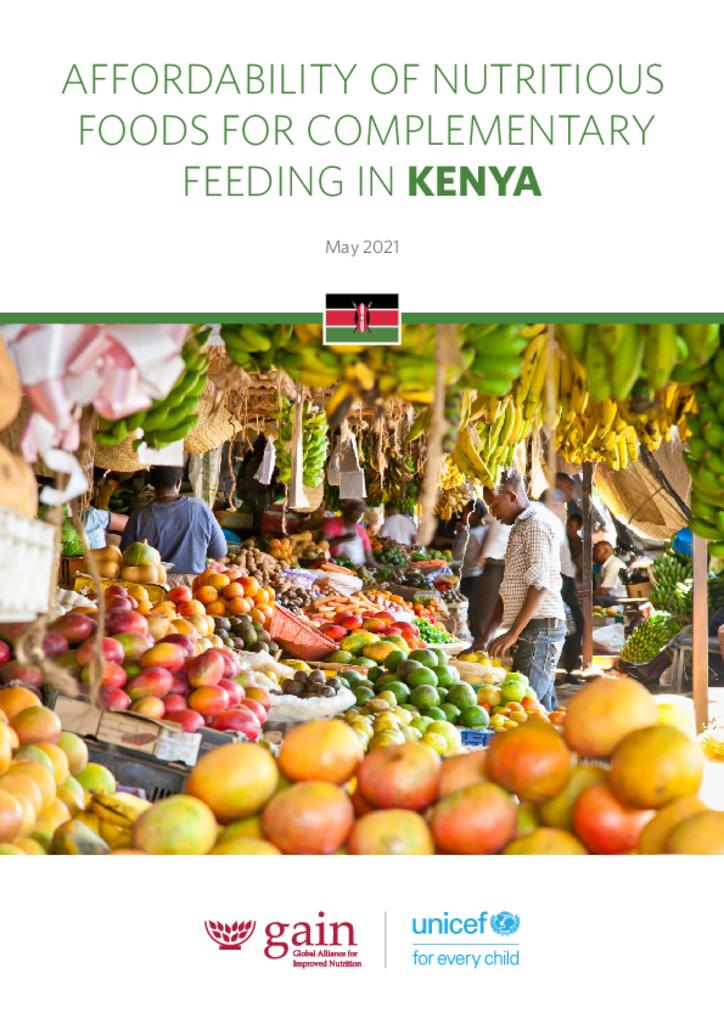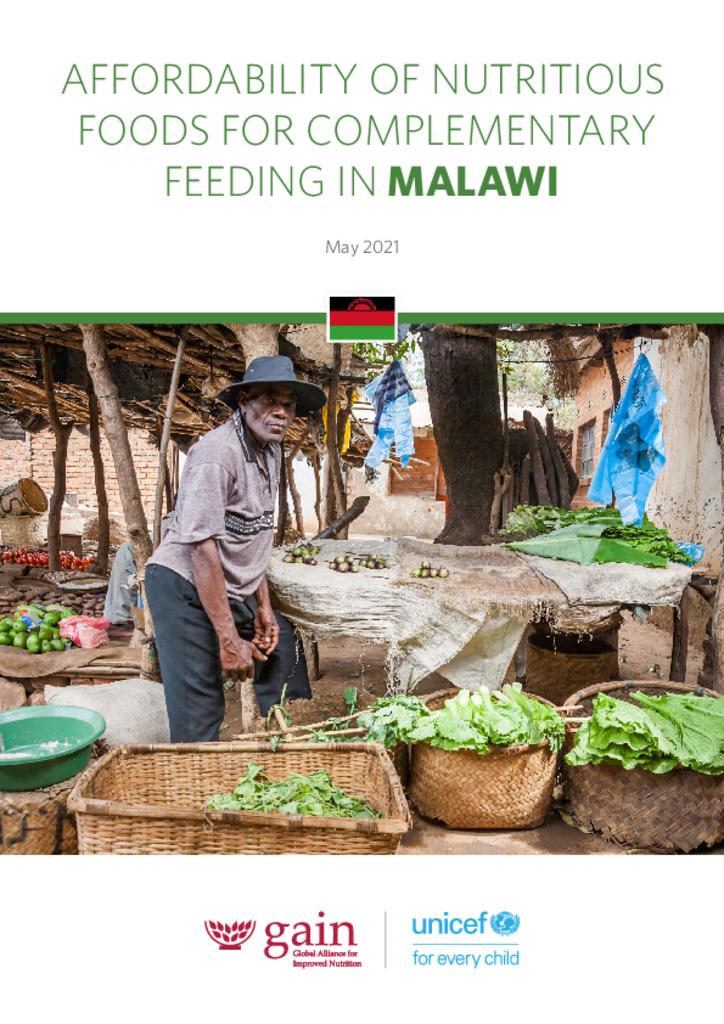These briefs are part of a series on affordability of nutritious foods for complementary feeding by GAIN and UNICEF conducted in selected countries in Eastern and Southern Africa and South Asia as part of the UNICEF-BMGF Regional Initiatives for Sustained Improvements in Nutrition and Growth (RISING).
Inadequate quantity and quality of foods between 6 and 23 months of age - known as the complementary feeding period, when breast milk alone is no longer sufficient to meet the nutritional needs of infants and young children - are key causes of all forms of malnutrition, including micronutrient deficiencies, and have immediate and long-term consequences. Improving young children’s diets can help prevent all forms of malnutrition, including micronutrient deficiencies, and is an important component of efforts to achieve the global nutrition targets of the World Health Assembly and the Sustainable Development Goals.
Many children in the complementary feeding period do not consume enough iron, vitamin A, calcium, zinc, folate, vitamin B12, and animal-source protein, and these shortfalls hinder their growth and development. Unaffordability is an important barrier, among others, to the consumption of foods rich in these important nutrients. However, the extent to which unaffordability is a barrier for specific nutrients and which foods are the most affordable sources of these nutrients are unclear.
A method to assess the affordability of single foods in terms of their contribution to nutrient shortfalls was developed to fill this information gap. This briefing series summarizes the results of affordability assessments conducted on nutritious foods for complementary feeding in multiple countries in Eastern and Southern Africa and South Asia. The most affordable sources of nutrient shortfalls in the two regions include liver, small fish, dark green leafy vegetables, milk, and eggs. Collective action is needed to reduce prices of these foods and raise incomes. Social protection services and improved access to fortified foods are also needed, at least in the short term, as well as increasing home production of nutritious foods.
